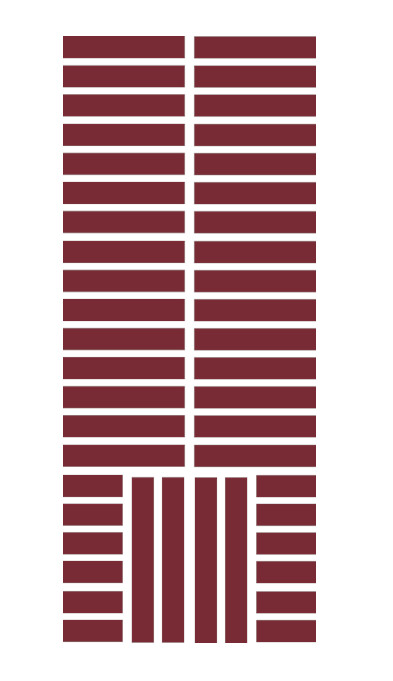Categoria:
Seminari di Analisi Matematica
Data e ora inizio evento:
Data e ora fine evento:
Aula:
Sala di Consiglio
Sede:
Dipartimento di Matematica Guido Castelnuovo, Sapienza Università di Roma
Speaker:
Benoit PERTHAME ECOLE NORMALE SUPERIEURE, PARIS
Several transport-dffusion systems arise as simple models in chemotaxis (motion of bacterias or amebia interacting through a chemical signal) and in angiogenesis (development of capillary blood vessels from an exhogeneous chemoattractive signal by solid tumors). These systems describe the evolution of a density (of cells, or new blood vessels) coupled with the evolution equation for a chemical substance, through a nonlinear transport term depending on the gradient of the chemoattracting substance. Such systems are successful in recovering various qualitative behavior (chemotactic collapse, ring dynamics). Endothelial (i.e. cells forming blood vessels) have a tendency to form different patterns as netwwoks, initiating the vessels shape. Then hyperbolic models seem better adapted to describe this kind of network formation. We will present these models, their main mathematical properties (quantitative and qualitative), numerical simulations and, for bacteria E. Coli, we will give a microscopic picture based on a kinetic modelling of the inetraction (nonlinear scattering equation). We show that such models can have global solutions that converge in finite time to the Keller-Segel model, as a scaling parameter vanishes. This point of view has also the advantage of unifying all the models.

